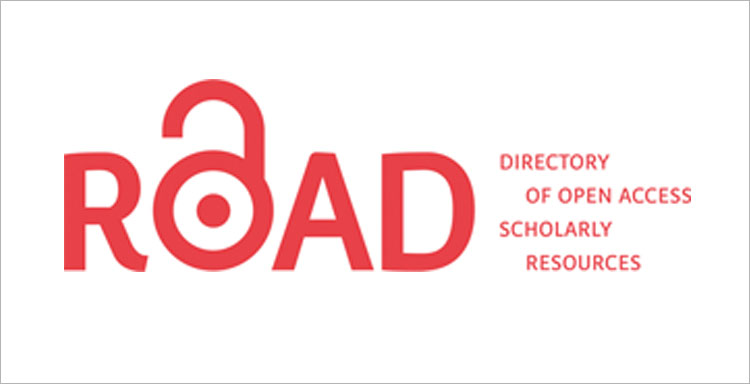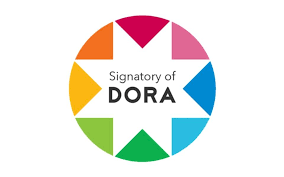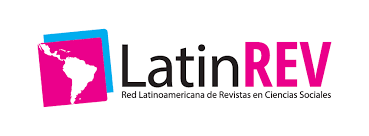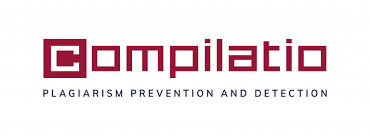Effects of COVID-19 on higher education and subsequent application of virtual learning environment
Investigation article
Keywords:
Virtual learning, digital culture, social values, higher education, online teachingAbstract
The shift from education to a digital culture to face the pandemic scenario with which humanity has had to deal is a matter of discussion in the academic communities and generates confusion in the new roles and functions among the different actors in the sector. Decision making, regulations and actions represent challenges at every step and have motivated criticism. The present investigation tries to determine if the educational system of Ecuador and in turn of the city of Guayaquil, offers adequate virtual learning spaces both in its infrastructure and in its organization and execution. To reach this goal, a bibliographic deductive analysis was carried out in the collection of data related to the health crisis and its incidence in education, semi-structured interviews with two experts in higher education and in the collection of quantitative data with an empirical-analytical approach, surveys were conducted teachers and students of higher education in the city. The results allowed the authors to conclude that both preparation and prevention have been insufficient in the face of possible and probable crisis scenarios in the academy, which has limited their response capacity and resilience, so permanent observation of the situation is recommended. evolution of the events caused by the crisis to achieve the design of strategies that aim to improve the tangible and intangible institutional structure of the universities.
Keywords: Virtual learning; digital culture; social values; higher education; online teaching.
Downloads
References
Berger, P. (2020). Prácticas de mediación docente: Oportunidades y riesgos en el comportamiento mediático de jóvenes. Comunicar: Revista Científica de Comunicación y Educación, 28(64), 49-59. https://doi.org/10.3916/C64-2020-05
Brites, M. (2020). La educación ante el avance del COVID-19 en Paraguay. Comparativo con países de la Triple Frontera. https://preprints.scielo.org/index.php/scielo/preprint/view/22/579
CACES. (2020). CACES: recursos para educación en línea. https://www.caces.gob.ec/recursos-para-educacion-en-linea/
Costa, J. (2014). El DirCom hoy: Dirección y Gestión de la Comunicación en la nueva economía. CPC Editor.
Dong, E., Du, H., & Gardner, L. (2020). An interactive web-based dashboard to track COVID-19 in real time. The Lancet Infectious Diseases, 20(5), 533-534. https://doi.org/10.1016/S1473-3099(20)30120-1
Durán, R., Estay-Niculcar, C., & Álvarez, H. (2015). Adopción de buenas prácticas en la educación virtual en la educación superior. Aula Abierta, 43(2), 77-86. https://doi.org/10.1016/j.aula.2015.01.001
Fernández-Abella, R., Peralbo-Uzquiano, M., Durán-Bouza, M., Brenlla-Blanco, J. C., & García-Fernández, M. (2019). Programa de intervención virtual para mejorar la memoria de trabajo y las habilidades matemáticas básicas en Educación Infantil. Revista de Psicodidáctica, 24(1), 17-23. https://doi.org/10.1016/j.psicod.2018.09.002
INEC. (2012). Cifras de Guayaquil. Instituto Nacional de Estadísticas y Censos. Asi_esGuayaquil_cifra_a_cifra.pdf. https://www.ecuadorencifras.gob.ec/documentos/web-inec/Inforgrafias-INEC/2012/asi_esGuayaquil_cifra_a_cifra.pdf
Isch L., E. (2011). Las actuales propuestas y desafíos en educación: El caso Ecuatoriano. Educação & Sociedade, 32(115), 373-391. https://doi.org/10.1590/S0101-73302011000200008
Kerres, M. (2020). Against All Odds: Education in Germany Coping with Covid-10.
Macías, L. (2020). Cultura de valores para comunicar nuevas tecnologías en las aulas de Ecuador. [Póster científico] DOI: 10.13140/RG.2.2.16200.55043
Matias-Guiu, J. (2020). El papel del editor de una revista científica durante la pandemia del Covid-19. Neurología, 35(4), 223-225. https://doi.org/10.1016/j.nrl.2020.05.005
Medeiros de Figueiredo, A., Daponte, A., Moreira Marculino de Figueiredo, D. C., Gil-García, E., & Kalache, A. (2020). Letalidad del COVID-19: Ausencia de patrón epidemiológico. Gaceta Sanitaria. https://doi.org/10.1016/j.gaceta.2020.04.001
Morales, J., & Tavera, I. (2020). Millennials, centennials, tecnología y educación superior: El modelo LEKTURE. https://recursos.portaleducoas.org/sites/default/files/5058.pdf
Picón, G. A., Caballero, K. G. de, & Paredes, N. (2020). Desempeño y formación docente en competencias digitales en clases no presenciales durante la pandemia COVID-19. https://doi.org/10.1590/SciELOPreprints.778
Sánchez, J., Ruiz, J., & Gómez, M. (2016). Tecnologías de la comunicación y la información aplicadas a la educación. Síntesis.
Seminario, A., Acosta, N., & Sierra, I. (2020). Pandemials primera cepa by pandemials-Issuu. https://issuu.com/pandemials/docs/pandemials-primeracepa
SENESCYT. (2020). Institutos técnicos y tecnológicos públicos inician sus clases de manera virtual – Senescyt – Secretaría de Educación Superior, Ciencia, Tecnología e Innovación. https://www.educacionsuperior.gob.ec/institutos-tecnicos-y-tecnologicos-publicos-inician-sus-clases-de-manera-virtual/
Sumba, N., Cueva, J., & López, R. (2019). Experiencias en el ejercicio de la educación superior en la prisión, desde la perspectiva del docente. Estudio de caso: Guayaquil, Ecuador. Páginas de Educación, 12(2), 72-88. https://doi.org/10.22235/pe.v12i2.1838
Vivanco, Á. (2020). Teleducación en tiempos de COVID-19: Brechas de desigualdad. http://cienciamerica.uti.edu.ec/openjournal/index.php/uti/article/download/307/519?inline=1
Downloads
Published
How to Cite
Issue
Section
License
Copyright (c) 2021 Revista Científica Multidisciplinaria SAPIENTIAE. ISSN: 2600-6030.

This work is licensed under a Creative Commons Attribution-NonCommercial-ShareAlike 4.0 International License.


2.jpg)


















